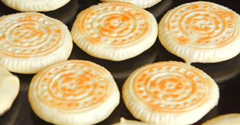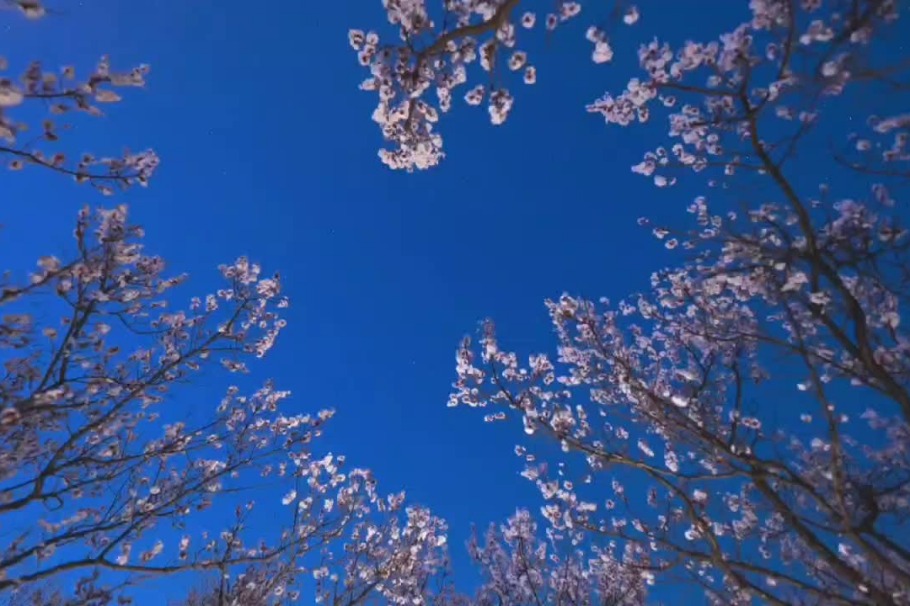News
Shanxi heritage site shifts focus to lifestyle preservation
Updated:2014-10-29 09:43By Fang Sha ( chinadaily.com.cn)
|
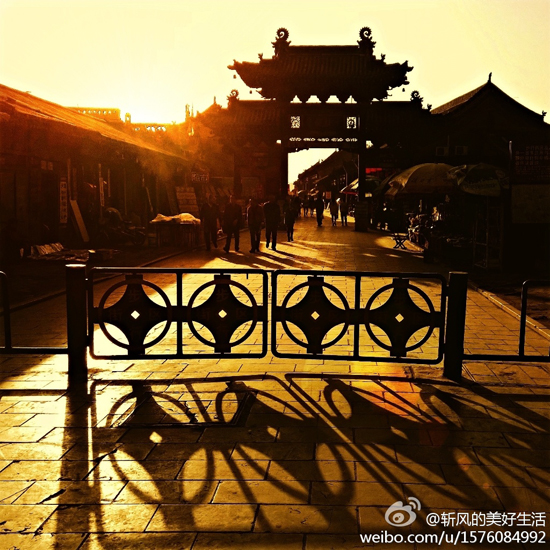 |
|
The old lane in the ancient county of Pingyao, Shanxi province, Oct 25 [Photo / pingyao.gov.cn] |
Ever since Pingyao county, Shanxi province, joined the World Cultural Heritage list, in 1997, the number of people in the county of has been declining -- from 45,000 back then to about 20,000 today, the county government reported, on Oct 25, noting that, over the past two decades, it has seen moving people outside for progress, but now some experts are worried about the aging population, and the growing migrant population, and about preserving the traditional lifestyle in the county.
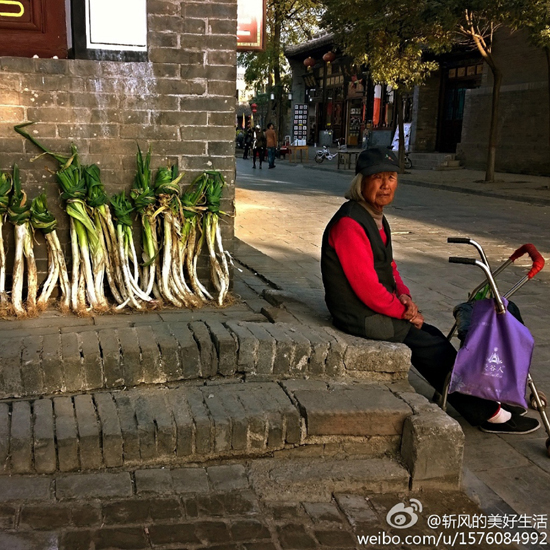 |
|
An old lady gets a rest at the street after doing the grocery shopping, Oct 25 [Photo / pingyao.gov.cn] |
But, the county, which is at least 2,700 years old, had a population density 16 times that of Beijing, and 13 times that of Shanghai, back in the 1997, and this used to be seen as a big obstacle in the way of county preservation so, the county government and council took the lead and decided to move people out of the central part, followed by more than 100 government offices and enterprises.
And while that may have helped with relic preservation, new problems appeared since the people remaining in the county were mostly elderly or workers from other places and the old, large families where four generations lived together could hardly be seen any longer.
So, Tongji University's College of Architecture and Urban Planning, in Shanghai, did a study of the matter and found the population decreasing and some of the older houses in poor condition, and many residences having been turned into businesses.
|
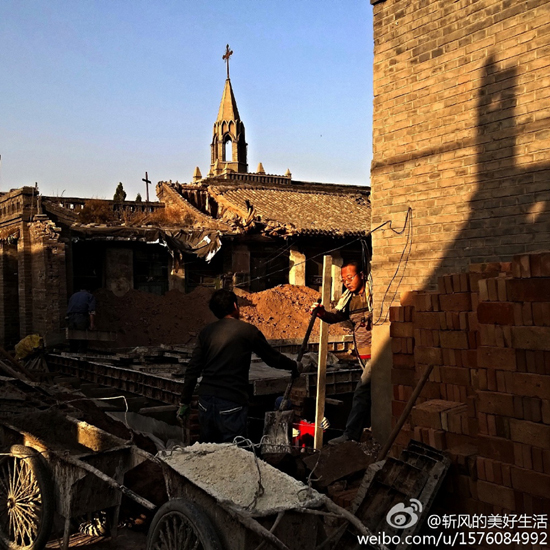 |
|
A local works at the courtyard of an old house, in Pingyao, Oct 25 [Photo / pingyao.gov.cn] |
Shao Yong, a Tongji professor, suggested that the old, original lifestyle in the county be preserved, with both the relics and people's lives taken into consideration, because it was only in this way that they could maintain their culture and heritage and the county's vitality and avoid turning it into a hollow shell of tourism or a museum itself, without any real people living there.
Edited by Roger Bradshaw

